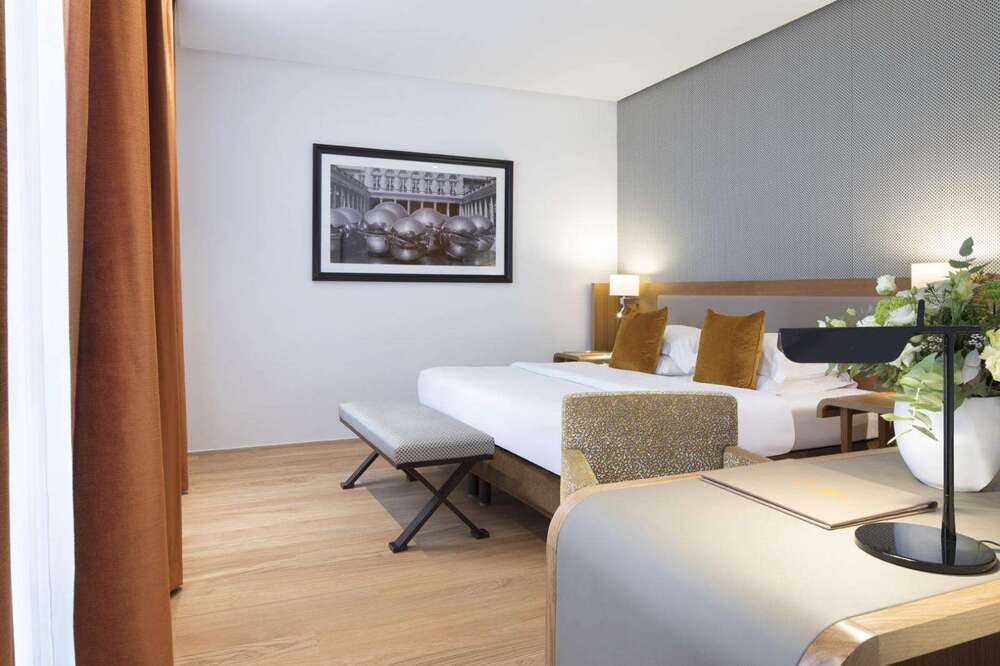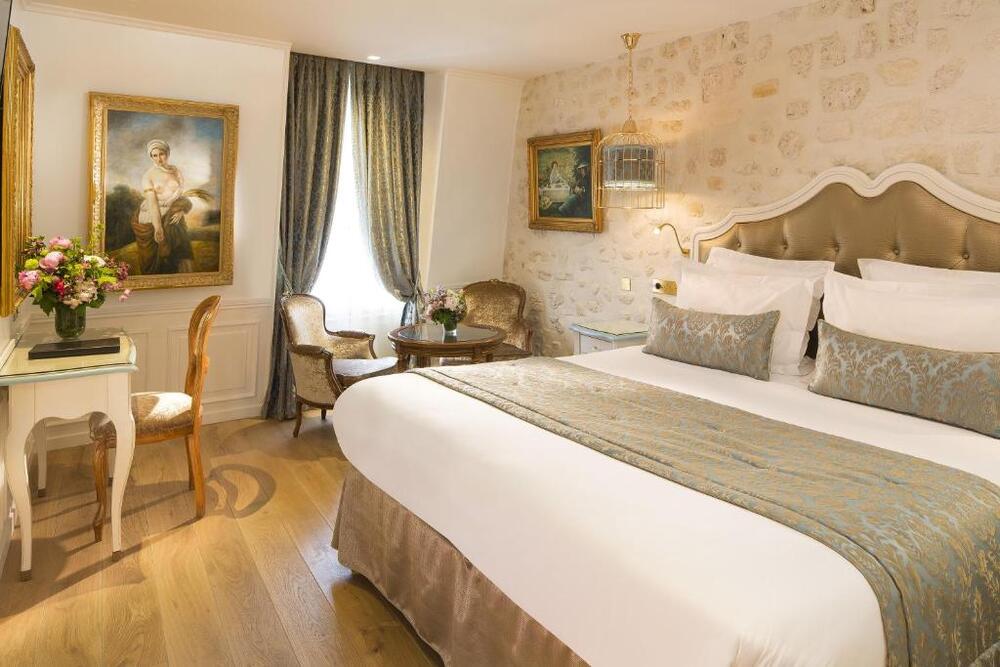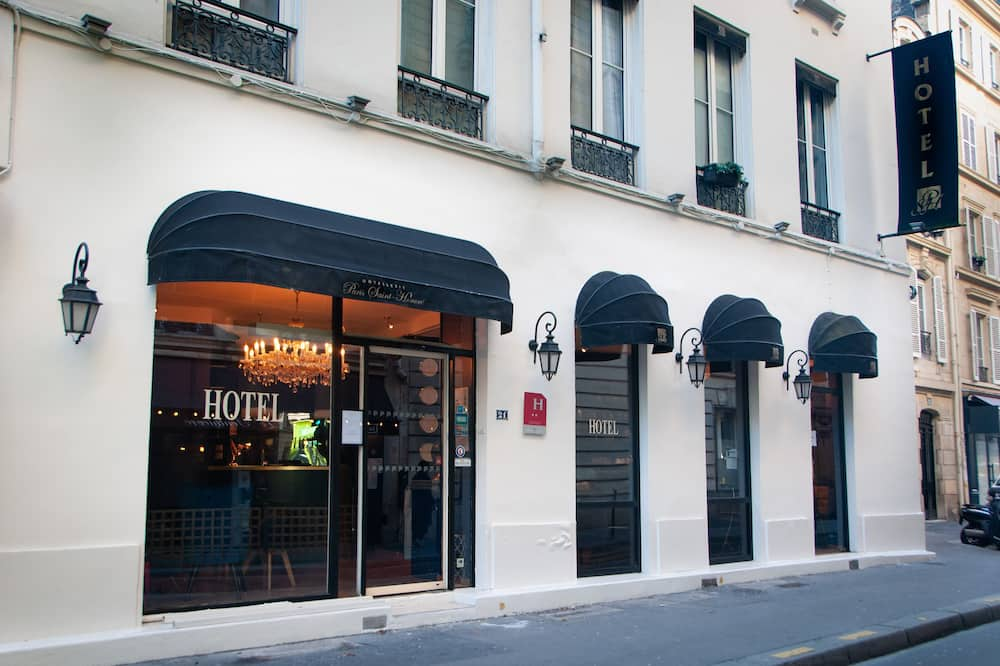With its 2 700 places with homogeneous acoustics, its unique equipments of scene, its integrated workshops of decorations, costumes and accessories, its rooms of work and repetitions, the Opera Bastille constitutes a large modern theatre.
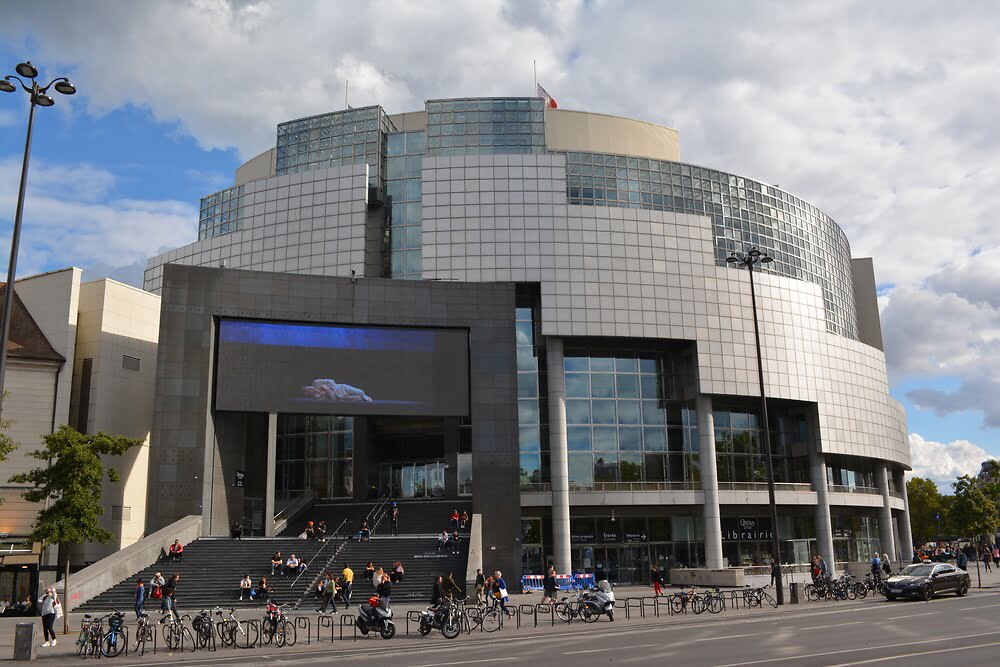
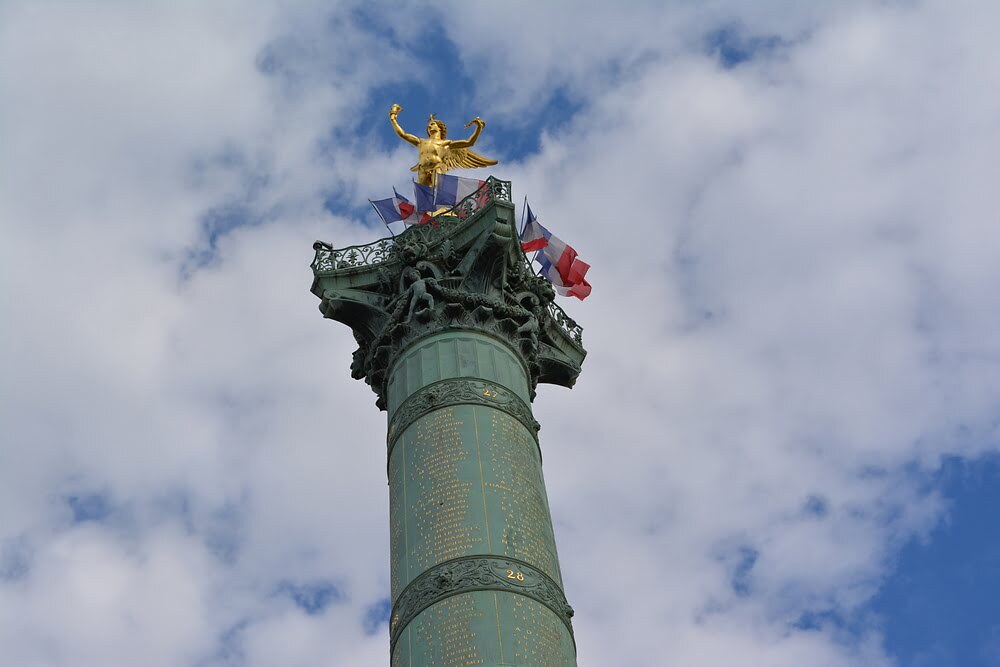
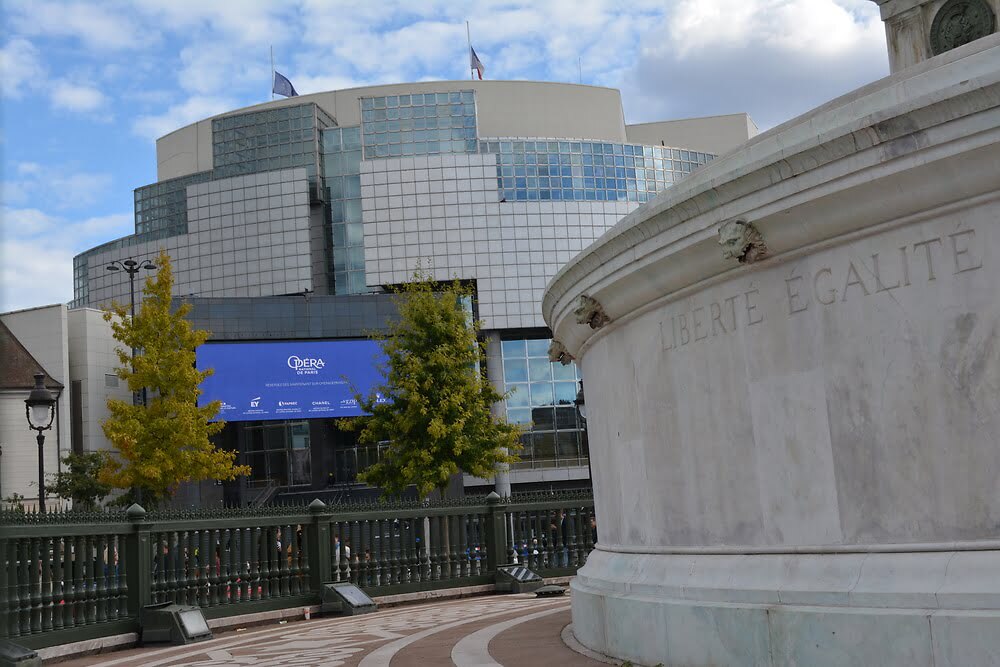
The Opera
Built by the well-known architect Carlos Ott, the Bastille was inaugurated on July 14th, 1989. This modern building was designed both to integrate it into the town of the suburb beginning just beside it, and the old faubourg Saint-Antoine, known for its working-class and the bustling. The Bastille Opera was built with the mission to drag the people in and make them at home and make the lyric spectacle speak to them directly.
The Bastille Opera is a product of the latest technology.
A sign of the Bastille Opera’s vocation is that the metro exit is in the hall where shopping area have also been planned.
The Bastille
The Bastille has alot of importance to the French history. By crossing the Seine and following the Boulevard de la Bastille, you will find the site of the Bastille Saint-Antoine, which was a major part of the defences ordered by Charles V, built from 1370 onwards.
Louis XIV had the ramparts demolished but kept the Bastille as a luxury prison for people of quality.
Promoted to the rank of a symbol of the arbitrariness of the old monarchy, the Bastille was stormed by the Parisians on 14th July 1789, and later razed. To remember not the surrender of the prison with its last seven occupants in 1789, but the July Revolution of 1830, which replaced the autocratic Charles X with the “Citizen King” Louis-Philippe, a column surmounted by the “Spirit of Liberty” on Place de la Bastille was erected.
Months after the birth of the Second Republic in that year, the workers took to the streets. All of eastern Paris was barricaded, with the fiercest fighting on Rue du Faubourg-St-Antoine. The rebellion was quelled with the usual massacres and deportation of survivors, but it is still the less contentious 1789 Bastille Day that France celebrates. Political protestors have always, however, used Place de la Bastille as a rallying point, and still do.
The neighborhood
This area was filled with low-rent housing for long but is now one of the most trendy areas of Paris. You can find anything from old tool shops and ironmongers alongside cocktail haunts and sushi bars; laundries and cobblers flank electronic notebooks outlets.
Nowadays
You’ll find art galleries clustered around rues Keller, Tamandiers and the adjoining stretch of Rue de Charonne. And, on Rue de Lappe, a very Parisian tradition : the “bals musettes”, or dance halls of the1930s “Gai Paris”, frequented between the wars by Piaf, Jean Gabin and Rita Hayworth.
Night life
The most famous bals musette, “The Balajo”, on Rue de Lappe, was founded by Jo de France, who introduced glitter and spectacle into what were then seedy gangster dives, and brought Parisians from the other side of the city to savour the Rue de Lappe lowlife.
The Rue de Lappe can still be as dodgy a place to be at night as it was in prewar days. The bouncers at clubs like the Chapelle des Lombards, and at Balajo itself, the heavy drug scene and the uneasy mix of local residents have taken the soul away from a street that ten years ago deserved the special affection that Parisians of all sorts gave it.
Location : Place de la Bastille 75012 Paris
Phone : 0 892 89 90 90
How to get there :
- Metro line 1,5 or 8 : Bastille
Opening :
- Opera Bastille is closed for visits during summer.
Official website : https://www.operadeparis.fr

